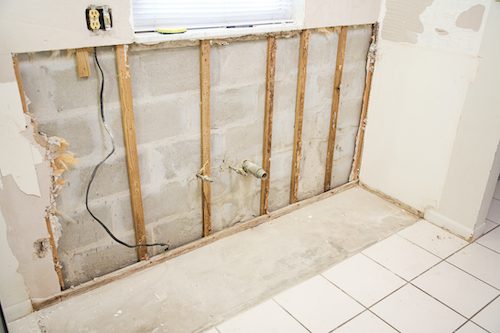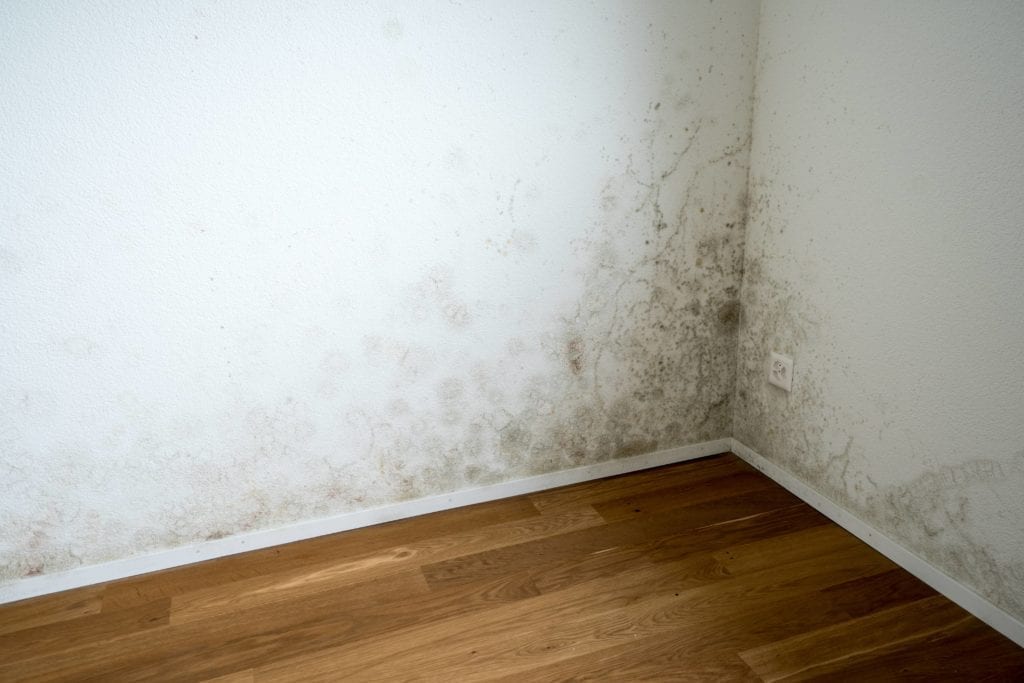Stain from Water on Wall Surfaces - Assessment and Address Suggestions
Stain from Water on Wall Surfaces - Assessment and Address Suggestions
Blog Article
Listed here below you can find more very good details in regards to Water Stains on Walls.

Water spots on wall surfaces are not pleasant to the eyes. Occasionally it seems nearly inevitable to experience water stains on wall surfaces in residences.
Homeowners staying in moist regions constantly deal with the concern of water stains on wall surfaces. That does not have to be the instance for you. With precise as well as well-rounded info on the causes of water discolorations as well as timely repair service processes, you will certainly constantly be a step ahead of such incidents. This short article guarantees to be a valuable overview for you.
3 Usual Reasons For Water Stains on Wall Surfaces
Unlike common belief, water spots on walls do not always come from bad structure products. There are a number of root causes of water spots on wall surfaces. These consist of:
Poor Drainage
This will prevent water from seeping right into the wall surfaces. This web links to extreme dampness that you observe on the walls of your building.
So, the leading reason for wet wall surfaces, in this instance, can be a bad drain system. It can also be due to inadequate administration of sewage pipes that run through the structure.
Moist
When hot wet air meets dry cold air, it causes water beads to form on the walls of structures. When there is vapor from food preparation or showers, this occurs in washrooms as well as kitchen areas. The water droplets can tarnish the surrounding walls in these parts of your residence as well as spread to various other areas.
Moist or condensation affects the roofing and walls of structures. When the wall is damp, it creates an appropriate setting for the development of microorganisms and fungis.
Pipe Leaks
A lot of houses have a network of pipes within the wall surfaces. This makes sure that the pipes are faraway from the reach of devastating rats. It constantly raises the viability of such pipelines, as there is little oxygen within the walls. This discourages rust.
Yet, a disadvantage to this is that water leak influences the walls of the structure and also creates prevalent damages. An indication of malfunctioning pipelines is the look of a water tarnish on the wall.
Water Spots on Wall Surface: Fixing Tips
When dealing with water discolorations, property owners would normally desire a fast solution. They would soon realize this is counterproductive as the water spots repeat. So, right here are a few valuable pointers that will certainly lead you in the fixing of water discolorations on wall surfaces:
Pro Idea
A houseplant in your home likewise boosts its moisture. So, if your house is currently damp, you might want to present houseplants with marginal transpiration. An example of ideal houseplants is succulents.
Final thought
Although no one intends to have water spots on walls in their house, it can take place to the very best people. This write-up provides you utilize, as you now understand just how to handle this problem if it does happen.
It is constantly best to recruit specialist solutions to help take care of the damages in your house.
Sometimes it appears almost inescapable to experience water stains on wall surfaces in homes.
Contrary to preferred belief, water spots on wall surfaces do not always stem from bad structure materials. There are numerous causes of water spots on wall surfaces. The water droplets can stain the bordering wall surfaces in these parts of your house and spread to other locations.
Below are a few practical tips that will assist you in the fixing of water spots on wall surfaces:
CHECKING FOR WATER DAMAGE
Water damage can be costly, and it may begin before you even notice the first signs of trouble. Water damage can cause mold and mildew in your walls and floors, which can create an abundance of health concerns for your family. It can also lead to costly repairs of various appliances and general home fixtures. To avoid the pricey consequences of water damage, here are Warner Service’s top 5 places you should check:
The walls – The easiest place to spot the beginnings of water damage is on the walls and ceilings of your home. If water damage is present, there will most likely be water stains, especially around the windows and doorframes, and/or cracks in the drywall. If a stain looks unusual (discolored to brown, black or gray, raised texture), has a swollen appearance or is soft to the touch, contact a professional immediately. The pipes – To avoid water damage, consistently check the pipes in your kitchen (especially the dishwasher and ice maker), bathrooms, laundry room (specifically washing machines) and basement for corrosion, leaks and water stains. Pay special attention to where the pipes connect in your home and the location of caulking around the bathroom fixtures, including toilets, sinks, showers and tubs. Missing or loose caulking and grout could be signs of leaking water. This seepage can also quickly cause mold and rust, so double check your water heater and tank for wet spots on the floor. The floor – Water damage is very easy to spot on the floor. Look for any warping or buckling of the material, especially in the basement. If your home has wood flooring, look for bright white or dark stains. If your home has carpeting, keep it dry and clean. A damp carpet that smells of mold could cause water damage and health problems. To avoid this, consider installing floor pans under your appliances to help prevent damages from small, slow and undetected leaks. The basement and attic – If your basement or attic smells odd check for mold and mildew around the area, especially the valley where the roof meets. While you are inspecting those areas, check for wall cracks, floor stains, rust and dampness in the insulation. If you live in a colder and/or rainier climate, perform routine checks for water damage from melting snow or ice and rain. The exterior – Check the roof for damaged flashing and missing, cracked or curled shingles. There should also be no standing water anywhere outside your home. This could be caused by puddles, leaky rain gutters or hoses, poor drainage, or short gutter spouts. Invest in a sump pump system or water flow monitoring system, and perform routine maintenance on these outdoor appliances to avoid indoor water damage.

I was brought to that write-up about from a friend on a different web address. I beg you set aside a second to promote this blog posting if you enjoyed reading it. Thank-you for your time spent reading it.
Schedule Services Report this page